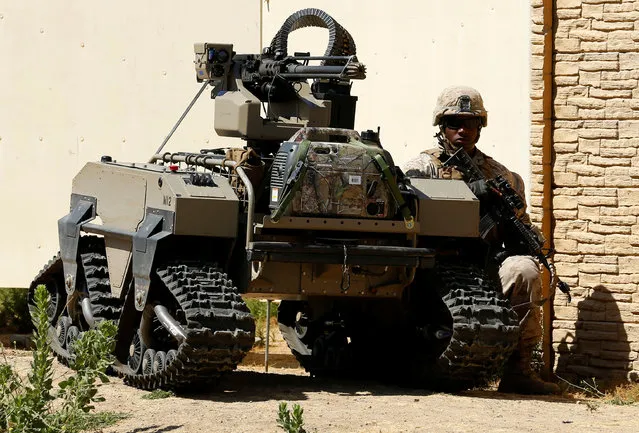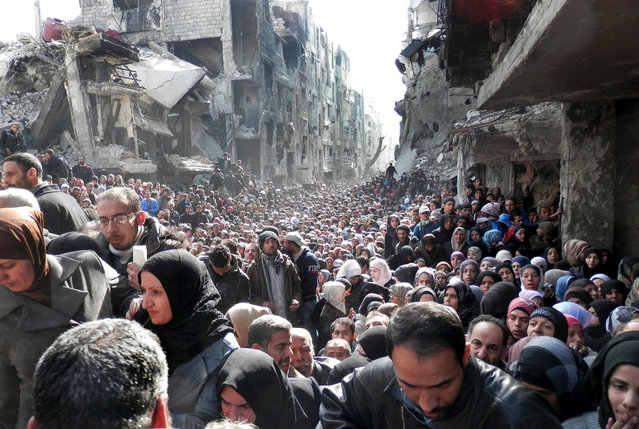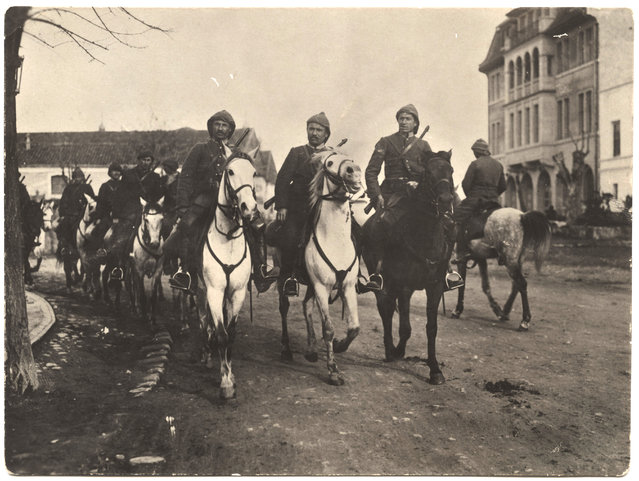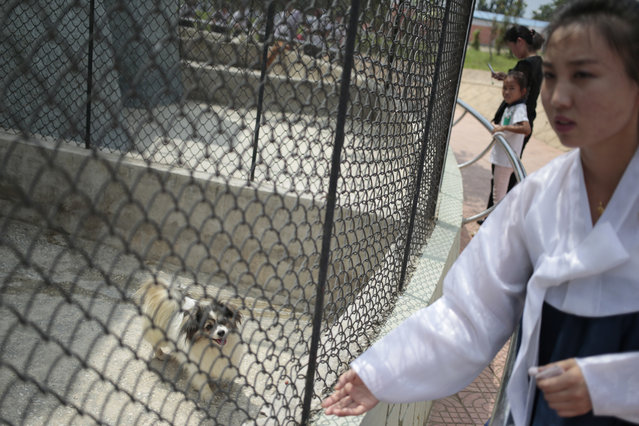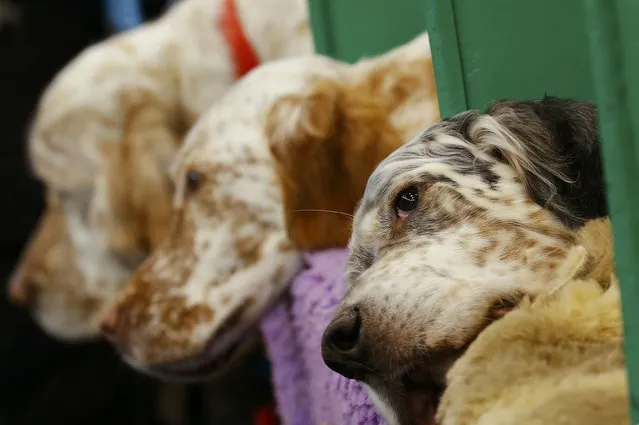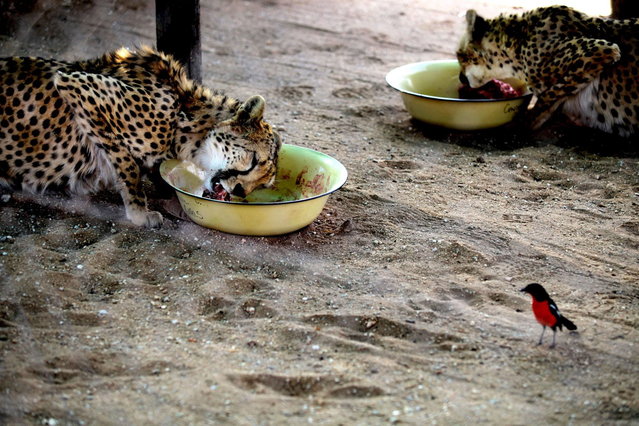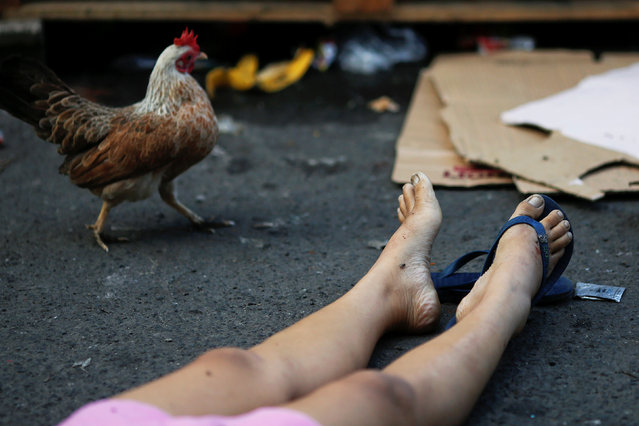
A chicken is seen next to the body of a woman killed by unknown gunmen at the market in a port area of Manila, Philippines October 28, 2016. Philippine President Rodrigo Duterte's war on drugs and other crimes took he office on June 30 has claimed 4,447 lives, according to official figures made available by police on November 10. (Photo by Damir Sagolj/Reuters)
11 Nov 2016 08:07:00,post received
0 comments

